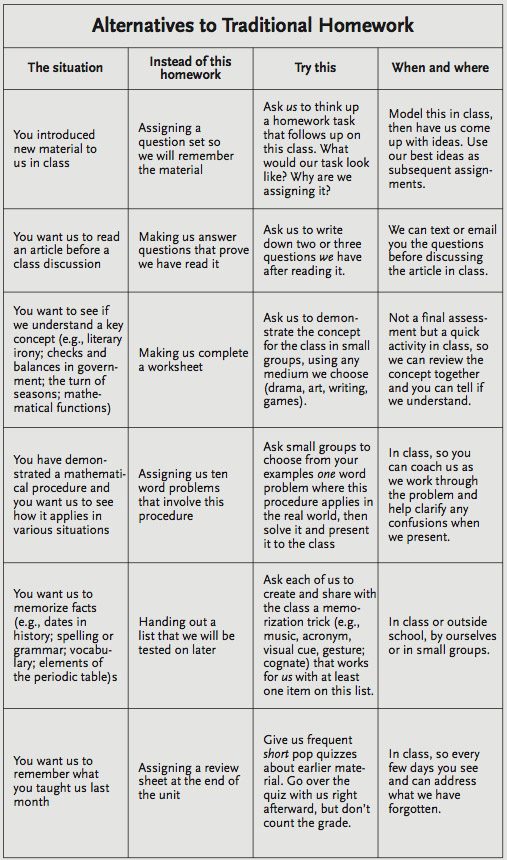MSM 356: AMLE, Poetry, Blended Sixth Graders.
Jokes You Can Use:
Last night I had a bad dream. I dreamt I was a muffler.
- I woke up exhausted.
Before they invented drawing boards, what did they go back to?
What do you call a part time band leader?
- A semi-conductor
There was this limo driver who was in business for 25 years without a single customer…
- All that time and nothing to chauffeur it.
Middle School Science Minute
by Dave Bydlowski (k12science or davidbydlowski@mac.com)
Best STEM Books — Part 2
I was recently reading the February, 2017 issue of “Science Scope,” a magazine written for middle school science teachers, published by the National Science Teachers Association.
In this issue, I read an article on the best STEM Books for 2017, for students in grades K-12, as recommended by the National Science Teachers Association. In this second of a two part series, we look at 5 of the recommended books that are appropriate for middle school students. Titles include:
Steve Jobs: Insanely Great
Super Gear: Nanotechnology and Sports Team Up
Trailblazers: 33 Women in Science Who Changed the World
Welcome to Mars
Women of Stone and Steel
From the Twitterverse:
These novels teach learning from loss & overcoming adversity, great for #middleschool http://edut.to/2nNcgsC via @Edutopia #growthmindset
NEW: Poetry Writing Made Fun–10 Cool Teaching Ideas. @CherylTeaches #elachat @ncte #poetrymonth #nwp #educoach @amle https://www.middleweb.com/34549/poetry-writing-made-fun-10-teaching-ideas-for-april/ …
#Quote from today’s AMLE Newsletter. Get the newsletter w/ free Associate Membership http://bit.ly/2mAtbtX
10 Wordless Videos That Teach Problem Solving – Could also be used as writing prompts or to practice re-telling http://buff.ly/2pgFHmu
Removing Imaginary Boundaries Around Content – Teacher and students benefit from an integrated curriculum http://bit.ly/2p5pIYJ #mschat
Why I Read to My Middle School Students #oklaed #mschat https://www.weareteachers.com/read-middle-school-students/
3 types of #scaffolding for all SS. #ellchat #chatesl #ellchat_bkclub #ell #educhat #teachchat #WIDA #k12 #ESOL http://wp.me/p7NKW2-nl
#mschat every Thursday at 8:00 pm Eastern Standard Time. And as Troy says, “The Twitter never stops!”
Strategies:
Blended Learning
- Blended Beats Virtual
- Choose and Train the Right Teachers
- Student Engagement is Essential
- Parents Need to Be Educated, Too
- You Need Support Over Time
- Decide What Scaling Means to You
http://www.gettingsmart.com/2017/04/6-best-practices-for-expanding-a-blended-learning-initiative/
Homework Alternatives

http://www.teachthought.com/pedagogy/alternatives-to-homework-a-chart-for-teachers/
Resources:
College-Ready Sixth Graders
Mike Petrilli, Big Cheese at the Fordham Institute, a reliably reformy thinky tank, is concerned. While he allows that some students and families are uber-stressing about the whole college thing, the rest of us should be in a greater state of panic:
We need the majority of parents and kids to be more stressed out. We need to shake them out of their complacency and tell them: You and your kids are heading toward a coming-of-age catastrophe, but you can avoid it if you act now! [emphasis his]
http://curmudgucation.blogspot.com/2017/04/college-ready-sixth-graders.html
Interactive Word Wall
An Interactive word wall can transform spaces in your classroom. They provide a way for students to engage with content in an authentic matter and promote a sense of curiosity among your students.
http://classtechtips.com/2016/11/09/create-interactive-word-wall-scannabletech%EF%BB%BF/
Random Thoughts . . .











You must be logged in to post a comment.